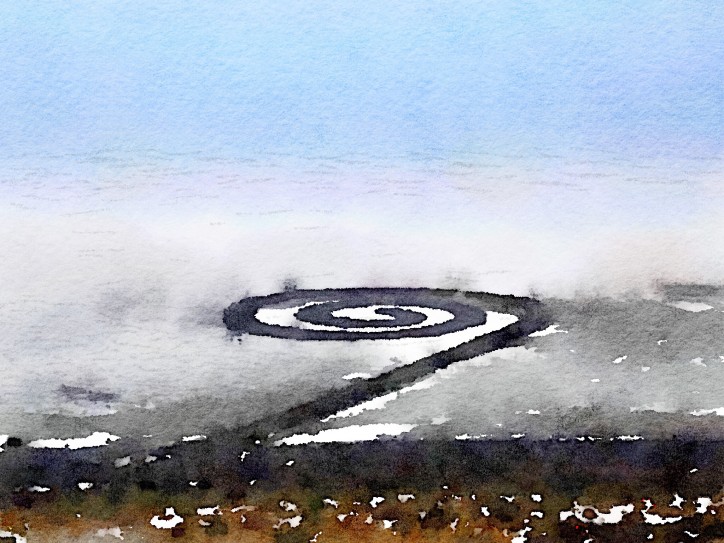
Reading time 2 minutes
This time we’re talking about a work whose scale exceeds the exhibition capabilities of most world museums. Find out what it is below the image.

For almost 30 years, Robert Smithson’s Spiral Jetty was covered by the waters of the Great Salt Lake








